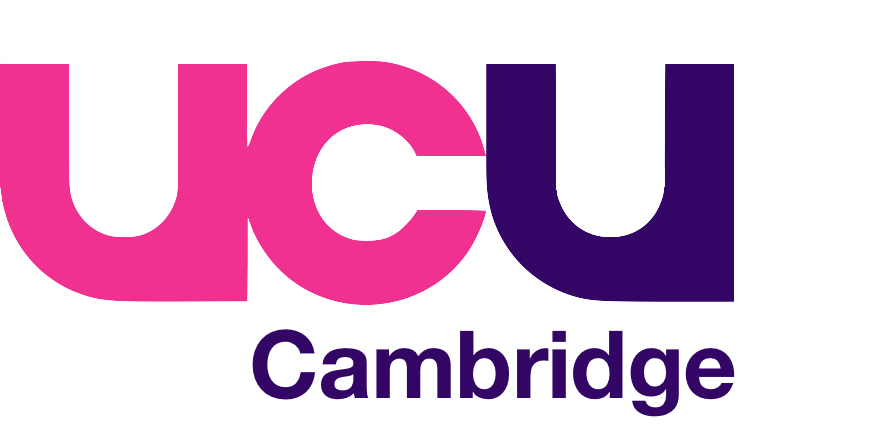Last week, USS published an update for scheme members that detailed proposed increases in contribution rates for both employers and employees from 1 April 2019. We have known since early May that the USS trustee would not maintain status quo benefits without increased contributions after next April, and that the Joint Expert Panel’s conclusions – due in around two months’ time – would come too late to be implemented then. These contribution increases therefore do not pre-empt the conclusions of the JEP. Instead, they define an interim arrangement between April 2019 and the implementation date of a new scheme of benefits and contributions. The intention is for that scheme to be agreed by the USS Joint Negotiating Committee (JNC) in the autumn, in light of the JEP’s report.
The key headlines are that besides the removal of the 1% employer “Match” into the Defined Contribution Investment Builder, benefits will remain largely unchanged after April 1 2019 – including the 12% employer DC contribution above the salary threshold. Contribution rates for both employees and employers, however, will increase progressively over the year from April 2019. The employee pension contribution, currently 8%, will increase to 8.8% from 1 April 2019, 10.4% from October 2019, and then 11.7% from April 2020. This will apply even to contributions above the Defined Benefit threshold, with the difference from the current 8% being used to subsidise the Defined Benefit section. (Except for the loss of the Match, the total amount paid to member’s DC pots will thus remain unchanged, despite higher contributions.) Since the employee contribution is deducted from pre-tax salary, this will mean losses in take-home pay for scheme members of around 0.5%, then 1.5%, and eventually 2.25% in comparison to the current system.
The second and third waves of contribution hikes are eye-watering, and would be painful for USS members on low incomes and with tight household budgets. However, it is very unlikely that the full set of increases will ever be implemented. Once the JEP has reported (you can follow the progress of its discussions here) the USS JNC will meet to agree a new set of benefits and contributions on the basis of what we hope will be a less contested and less damaging assessment of the scheme’s financial position. These will then be implemented as quickly as possible. The level of employer contributions planned from April 2020 (nearly 25% of total salaries, up from the current 18%) should be a strong incentive to the employers to take negotiations seriously once the JEP has reported.
Of the possible interim arrangements – any of which would have to be based on the November valuation of USS so as to satisfy the USS Trustee and the Pensions Regulator – cost-sharing is probably the least bad. The increases in member contributions are of course unwelcome, but employers will bear almost ⅔ of the total cost, and (most importantly) benefit accrual remains unaffected. We therefore avoid the very dangerous precedent which would be set by accepting even short-term benefit cuts on the basis of the contested valuation. The increased contributions will also remain in the scheme as assets, so could potentially be recouped through reduced contributions in future. By contrast, reductions in benefit accrual would result in permanent losses for every scheme member.
It is clear, however, that the cost-sharing proposal could only be acceptable as an interim arrangement – and probably only if it is never implemented in full. All eyes must therefore be on both the JEP report and the crucial JNC negotiations that will begin after.
– Sam James, CUCU Acting President
